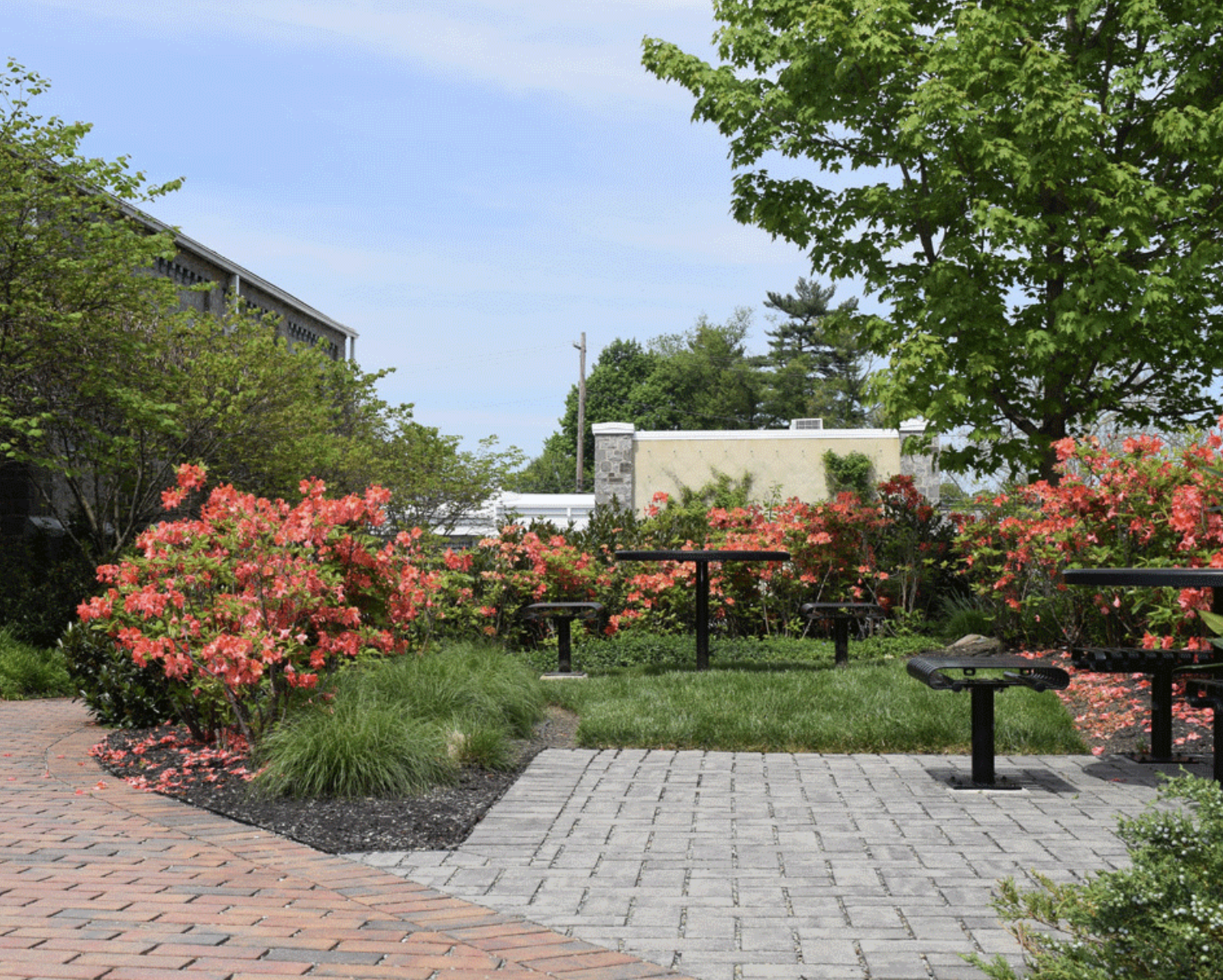Landscape Architecture & Environmental Planning
Adding natural elements to the built environment improves the aesthetics and effectiveness of every site design. Our landscape architects strive to continuously integrate aesthetic changes to an environment whose perpetuation and preservation are vital.
We promote indigenous and sustainable landscapes without the need for irrigation but provide the expertise and support for all landscaping needs.To consult with Frederick Ward Associates on your landscape architecture and environmental planning needs, please email the team using the link below.
Landscape Architecture and Environmental Planning Services
-
Site Landscape Design
Creating a site-specific plan that integrates the natural and cultural context of the site with the intended use, aesthetic, and environmental goals of the project, through the use of design elements such as vegetation, water features, structures, and hardscaping.
Illustrative Renderings, such as sketches, drawings, and 3D models, that depict the proposed design concepts and features of a site, to communicate the intended aesthetic, functional, and environmental qualities of the project to stakeholders and clients.
-
Landscape Planting Plans
Detailed specifications and layouts of the plants, trees, shrubs, and other vegetation species to be used in a project, to achieve the desired ecological and aesthetic goals, and to enhance the natural and cultural value of the site.
-
Sustainable Design
Creating outdoor environments that minimize environmental impact, conserve natural resources, enhance ecological function, promote human health and well-being, and foster social equity and resilience, through the use of green infrastructure, renewable materials, efficient systems, and innovative technologies.
Sustainable Design also includes Roof Replacements, and Native Planting Design.
-
Space Planning
Arranging and allocating outdoor spaces and elements in a functional and efficient manner, taking into account factors such as user needs, site characteristics, circulation patterns, and environmental considerations, to create comfortable and inviting outdoor environments.
As part of the space planning, Tenant Fit Outs can also be completed. Fit Outs include: designing and constructing interior or exterior spaces of a building or property, usually for a commercial or institutional tenant, while ensuring compliance with environmental regulations and sustainability principles.
-
Systemic Upgrades
Comprehensive and strategic interventions that aim to improve the ecological, social, and economic performance of outdoor environments at a larger scale, by addressing systemic issues such as urban sprawl, climate change, biodiversity loss, social inequality, and environmental degradation, and by promoting holistic and integrated approaches that involve multiple stakeholders, disciplines, and sectors.
-
Critical Area Environmental Assessments
Studies conducted to evaluate and document the ecological, social, and economic values of critical areas, such as wetlands, forests, and shoreline areas, to inform land use planning and design decisions, and to comply with regulatory requirements related to critical area protection and management.
-
Forest Conservation Plans
Management and protection of forested areas, to promote ecological sustainability, biodiversity, and carbon sequestration, and to comply with regulatory requirements related to forest conservation and management.
-
Tidal and Non-Tidal Wetland Delineations
Identifying, mapping, and classifying the boundaries and characteristics of wetlands, which are critical ecosystems that provide various ecological services such as flood control, water purification, and wildlife habitat.
Comprehensive Wetland Studies which include evaluating and documenting the location, extent, and ecological functions of wetland areas, to inform land use planning and design decisions, and to comply with regulatory requirements related to wetland protection and mitigation.
-
Mitigation Plans
Strategies and measures developed to minimize, mitigate, or offset the negative environmental impacts of a project or development, and to enhance the ecological, social, and cultural values of the site.
-
Comprehensive Wetlands Surveys

